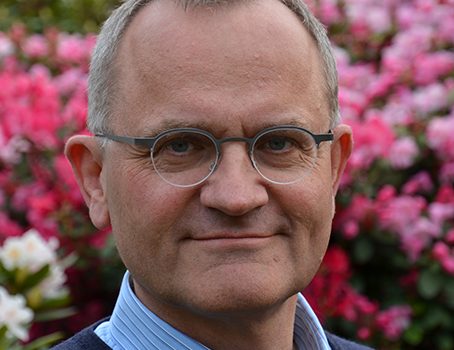
The recently published European Atherosclerosis Society (EAS) consensus statement on triglyceride-rich lipoproteins (TRLs) and their remnants provides a critical appraisal of current understanding of the structure, function, and metabolism of TRLs, and their pathophysiological role in atherosclerotic cardiovascular disease (ASCVD).1
Professor Gary Lewis, Director of the Banting and Best Diabetes Centre at the University of Toronto, Canada, and co-author of this important EAS publication, discusses the evidence and its implications for clinicians and patients.







